15 Incredible Albums From The ’70s That Sounded Like Nothing Else At The Time
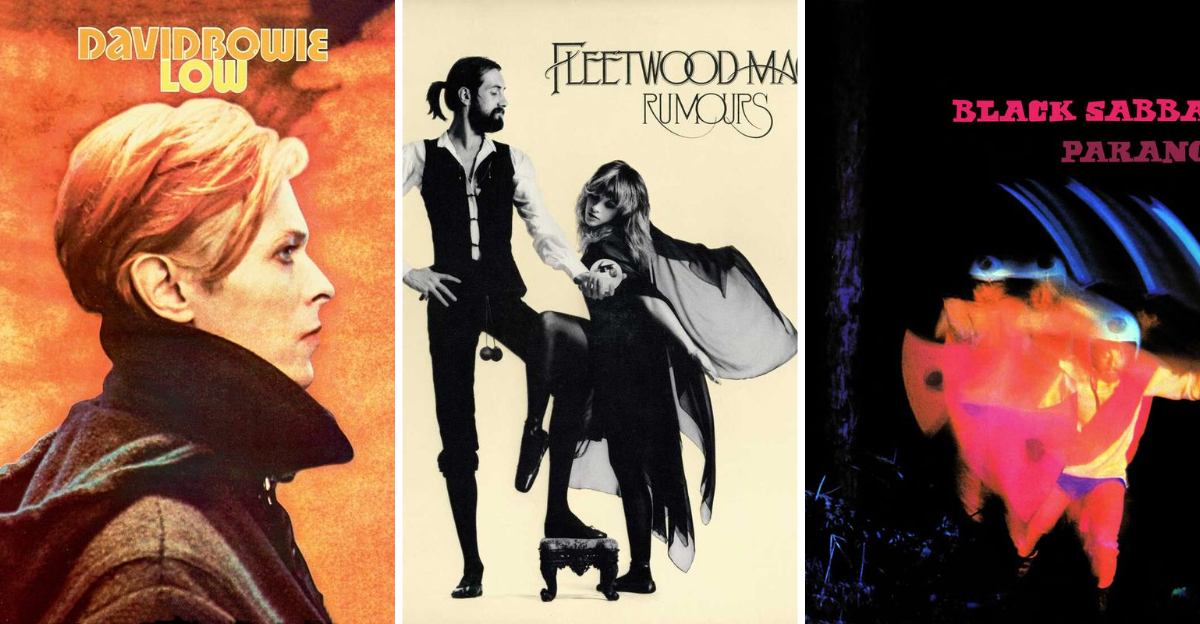
The 1970s were a golden era of musical innovation—a decade where artists dared to experiment, break molds, and redefine what music could be. Genres collided and evolved, giving birth to everything from progressive rock epics and funk masterpieces to punk rebellions and disco anthems.
As I flip through my cherished vinyl collection, I’m struck by how fresh and fearless these records still feel. Back then, every needle drop introduced something bold, something that hadn’t quite been heard before. These albums weren’t just popular—they were groundbreaking.
They shaped entire genres, challenged conventions, and inspired generations of musicians to come. Whether it was the sprawling soundscapes of Pink Floyd, the raw energy of Patti Smith, or the genre-blending genius of Stevie Wonder, these records marked a turning point in music history.
In this post, we’ll revisit 15 of the most iconic and forward-thinking albums of the 1970s—each one a testament to the creative fire that defined the decade. So dust off your turntable, turn up the volume, and join me in celebrating the records that truly changed the game.
1. Can – Tago Mago (1971)
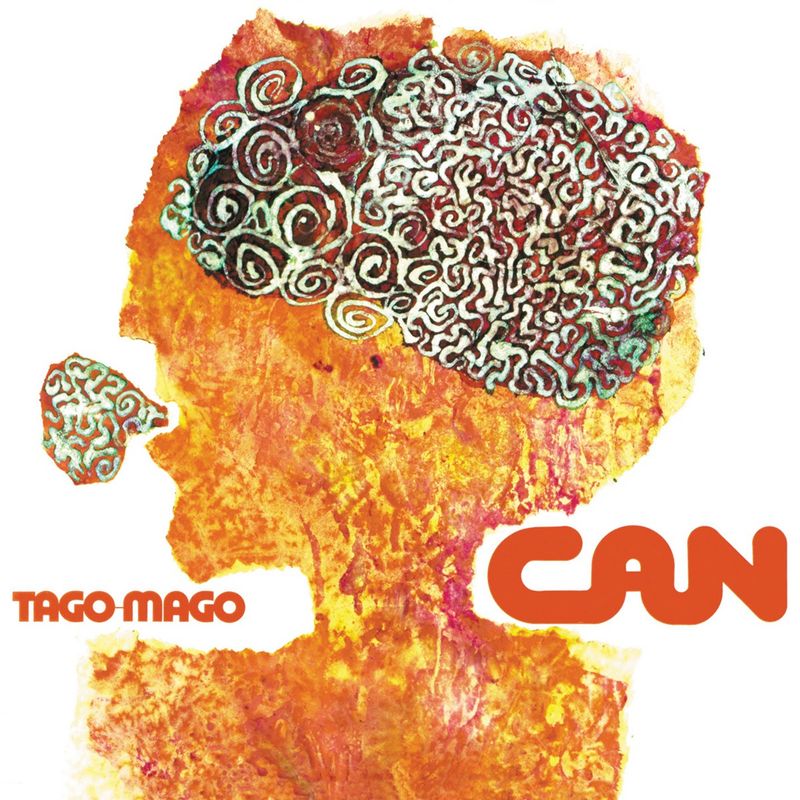
Ever wondered what happens when rock, jazz, and funk collide in a cosmic blender? Enter Can’s Tago Mago. This double album doesn’t just play music; it orchestrates an auditory adventure. While critics dubbed it a Krautrock masterpiece, I remember my first listen as a trip through a sonic wonderland.
With its hypnotic rhythms and experimental flair, Tago Mago was light-years ahead of its time. The German band Can wasn’t just making music; they were crafting an experience that was both daring and delightful. Each track feels like a chapter in an epic saga.
If you haven’t dived into this album yet, you’re missing out on one of music’s most eccentric gems. Imagine a world where sounds defy gravity, and that’s where Tago Mago lives. It’s not merely an album—it’s a journey through uncharted musical territory.
2. Steely Dan – Aja (1977)

Have you ever heard a saxophone solo that made your soul do a happy dance? That’s Steely Dan’s Aja for you. This album didn’t just raise the bar; it built a whole new stage. Crafted with an ensemble of top-notch session musicians, Aja is a sonic smorgasbord of jazz-rock fusion.
Donald Fagen and Walter Becker were the maestros behind this masterpiece, and their perfectionism shows in every note. From Steve Gadd’s legendary drum solo to Wayne Shorter’s ethereal saxophone, each musician adds a unique brushstroke to this auditory canvas.
Listening to Aja is like savoring a fine wine—complex, rich, and endlessly rewarding. It’s no surprise that this album is often hailed as one of the pinnacles of 1970s music. So, put on your headphones, close your eyes, and let Aja take you on a musical journey.
3. Jethro Tull – Thick as a Brick (1972)
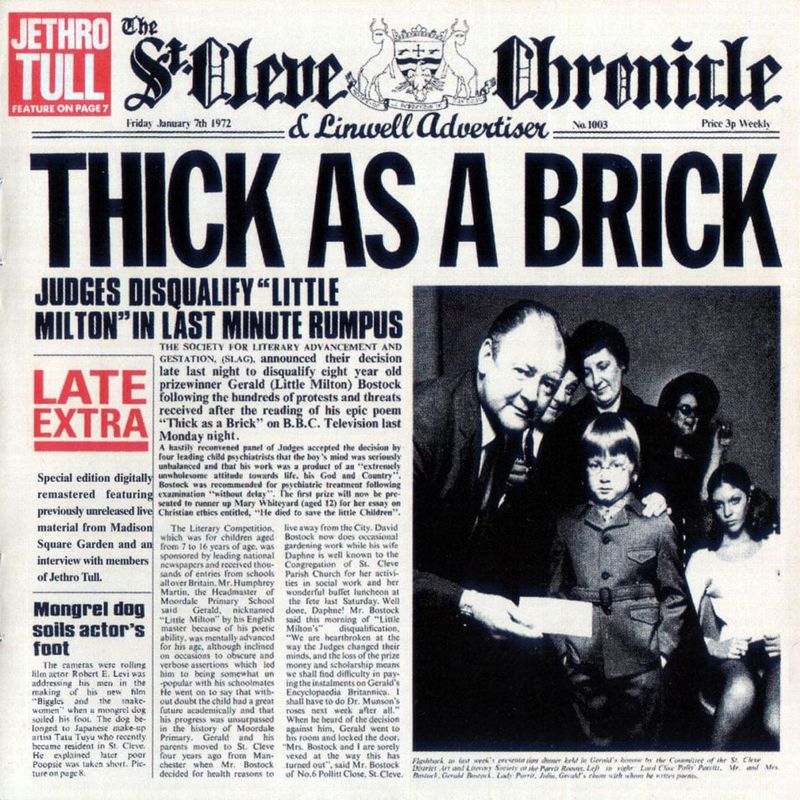
Who ever thought an album could come wrapped in a newspaper? Jethro Tull’s Thick as a Brick did just that, turning the concept album genre on its head. With a storyline as intricate as its melodies, this album is both a parody and a homage to grandiose rock epics.
Ian Anderson’s flute leads the charge, weaving through the music like a mischievous sprite. The album’s continuous piece, split over two sides, feels like a time-traveling journey through sound, filled with unexpected twists and turns.
Thick as a Brick is more than just an album; it’s a whimsical adventure that invites you to get lost in its pages. It’s a testament to Jethro Tull’s ingenuity and flair for the theatrical. If you haven’t experienced this musical odyssey yet, now’s the time to dive in.
4. Brian Eno – Here Come the Warm Jets (1974)
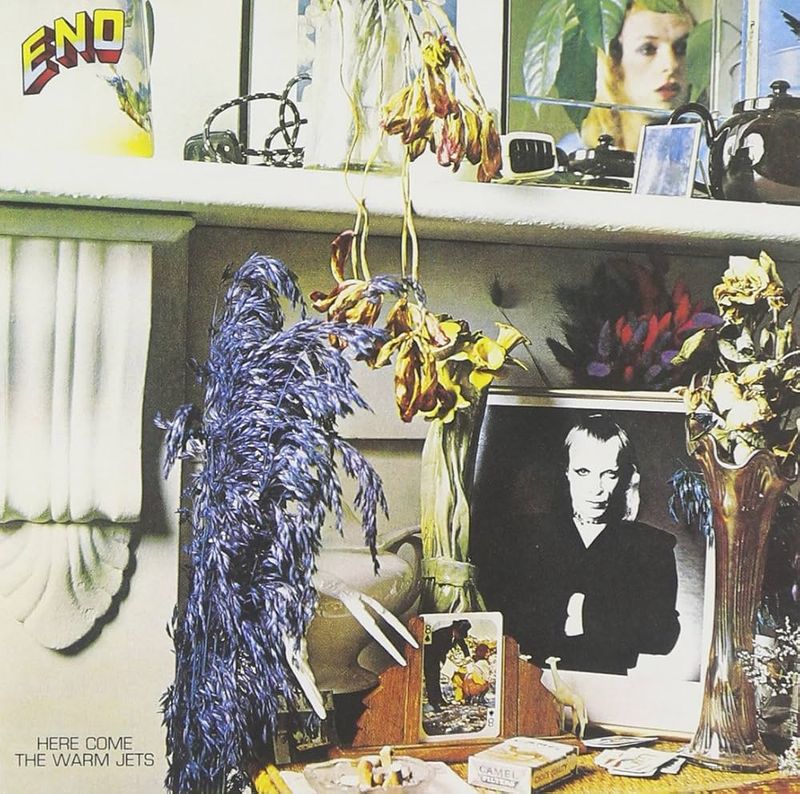
What do you get when you mix glam, pop, and avant-garde? Brian Eno’s Here Come the Warm Jets. This debut solo album is a kaleidoscope of sound, where every track feels like a new adventure. Eno didn’t just make music; he painted with it.
Using unconventional methods and creative madness, Eno coaxed unexpected harmonies from his collaborators. The result? A sound both groundbreaking and delightfully odd. Each song feels like a chapter in a dazzling fairy tale.
Listening to Here Come the Warm Jets is like stepping into a dream where anything is possible. It’s an album that defies definition, yet demands attention. Eno’s genius lies in his ability to make the strange sound familiar and the familiar, extraordinary.
5. Throbbing Gristle – 20 Jazz Funk Greats (1979)
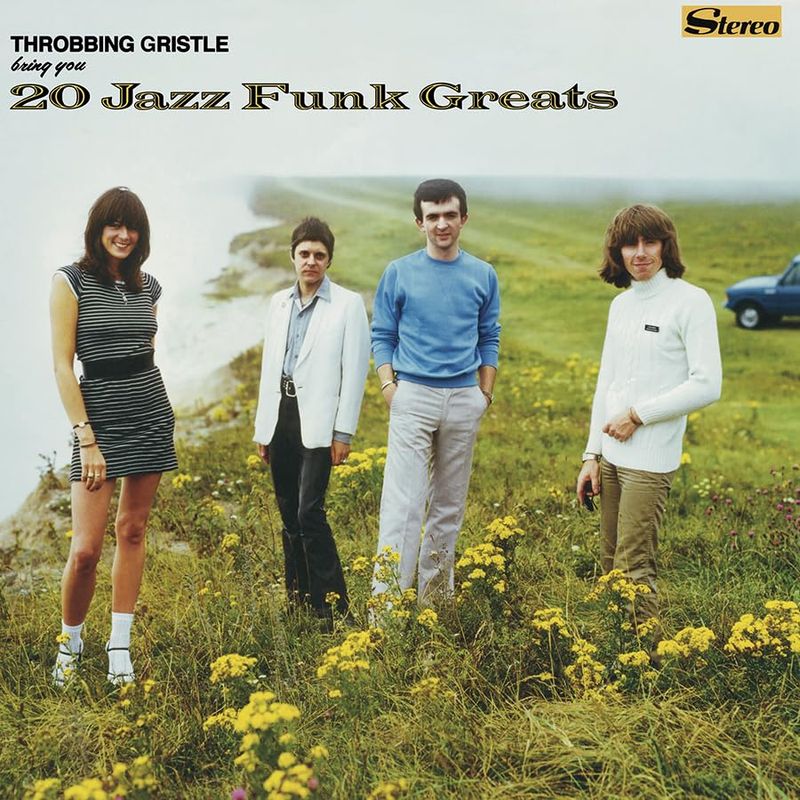
Ever stumbled upon an album that feels like a cryptic joke? Welcome to Throbbing Gristle’s 20 Jazz Funk Greats. With a title as misleading as its sound, this album redefined industrial music with a wink and a nudge.
The cover art, depicting a clifftop scene, is as haunting as the music itself. Each track weaves a tapestry of sound that’s part satire, part innovation. It’s an auditory puzzle waiting to be solved.
20 Jazz Funk Greats isn’t just an album; it’s a manifesto of musical rebellion. Throbbing Gristle dared to challenge conventions and succeeded in creating something truly unique. If you’ve got a taste for the unusual, this album is your ticket to the bizarre.
6. David Bowie – Low (1977)

David Bowie’s Low is as much an introspective journey as it is a sonic revolution. With its ambient soundscapes and avant-garde structures, Bowie, at the age of 30, crafted an album that was unlike anything in rock at the time.
Known for its minimalism and electronic influences, the album was a pivotal moment in Bowie’s Berlin Trilogy. Each track tells a story, whether through haunting instrumentals or cryptic lyrics.
This record disrupted expectations, challenging the norms of rock and pop music. Its innovative use of studio techniques and mood-setting ambiance has left a lasting impact, making it a timeless classic.
7. Pink Floyd – Animals (1977)
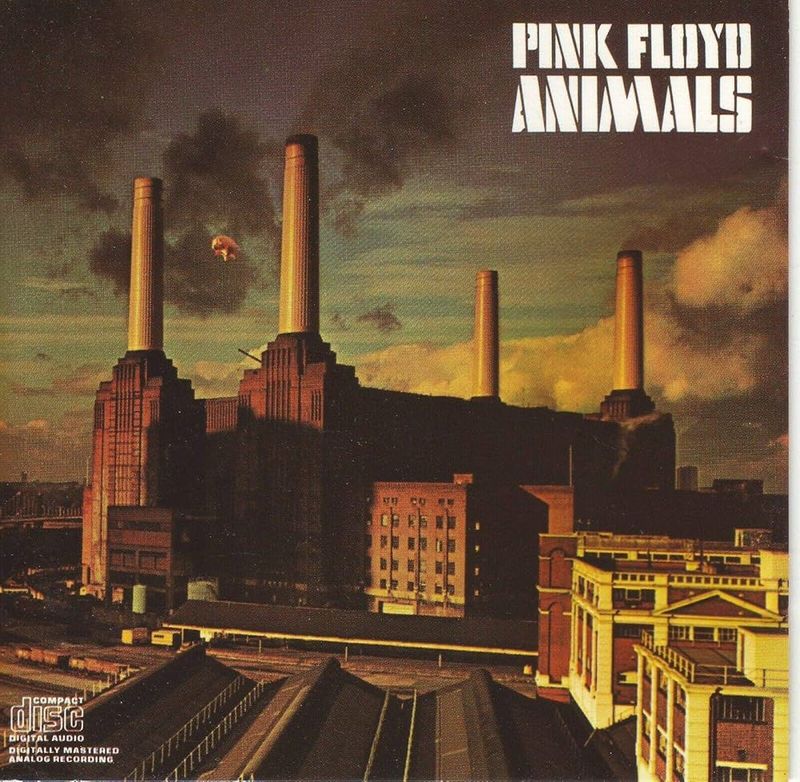
Pink Floyd’s Animals resonates with a biting critique of societal structures, wrapped in a progressive rock package. Released in 1977, the album paints a dystopian picture through its allegorical lyrics and extended compositions.
Drawing inspiration from George Orwell’s “Animal Farm,” each song categorizes humanity into animals — pigs, dogs, and sheep. The band’s use of complex time signatures and rich soundscapes creates an immersive listening experience.
Animals stands out not only for its thematic depth but also for its musical innovation, solidifying Pink Floyd’s place in rock history. It’s an album that demands reflection and rewards with insight.
8. Kraftwerk – Trans-Europe Express (1977)
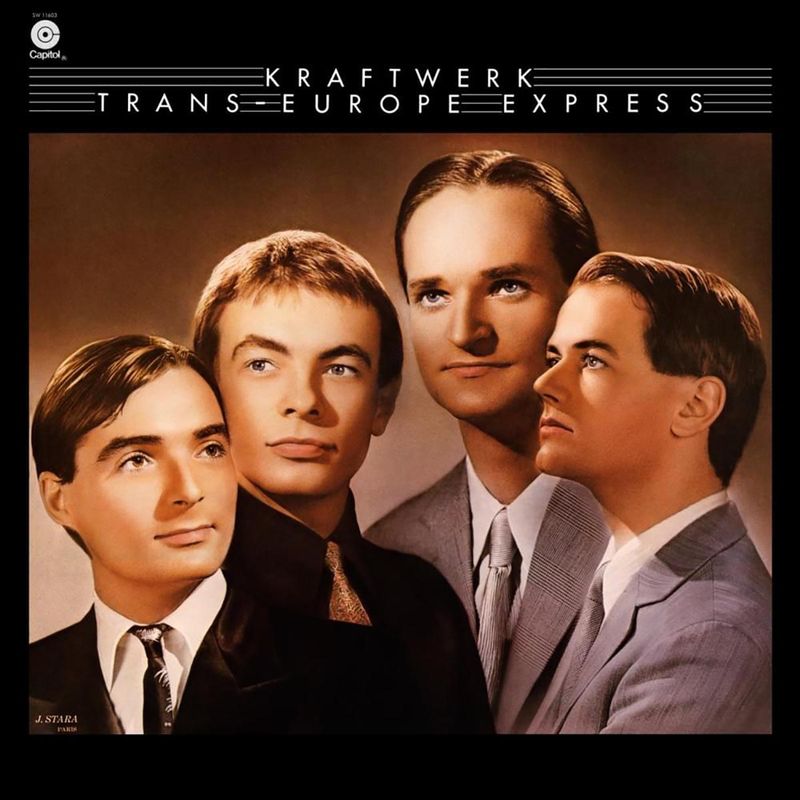
Trans-Europe Express by Kraftwerk is a pioneering electronic album that set the stage for genres like synth-pop and techno. Released in 1977, this album was groundbreaking with its blend of repetitive rhythms and melodic synthesizer riffs.
The album’s creation involved innovative use of sequencers and vocoders, crafting a futuristic soundscape. The title track, with its train-like rhythms, captures the imagination of a pan-European journey.
Kraftwerk’s robotic aesthetic and conceptual themes challenged conventional music, influencing countless artists. Trans-Europe Express is not just an album; it’s a cultural milestone that resonates even today.
9. The Clash – London Calling (1979)

The Clash’s London Calling is a defiant roar against societal norms, merging punk with rock, reggae, and ska. Released in 1979, this album articulates themes of rebellion and change with raw energy and diverse musical influences.
The title track opens with a powerful guitar riff, setting the stage for an album that explores political angst and youthful disillusionment.
The Clash’s eclectic approach was both innovative and influential, making London Calling a touchstone in the punk movement. Its raw honesty and genre-blending creativity have etched it as a timeless piece in music history.
10. Miles Davis – Bitches Brew (1970)
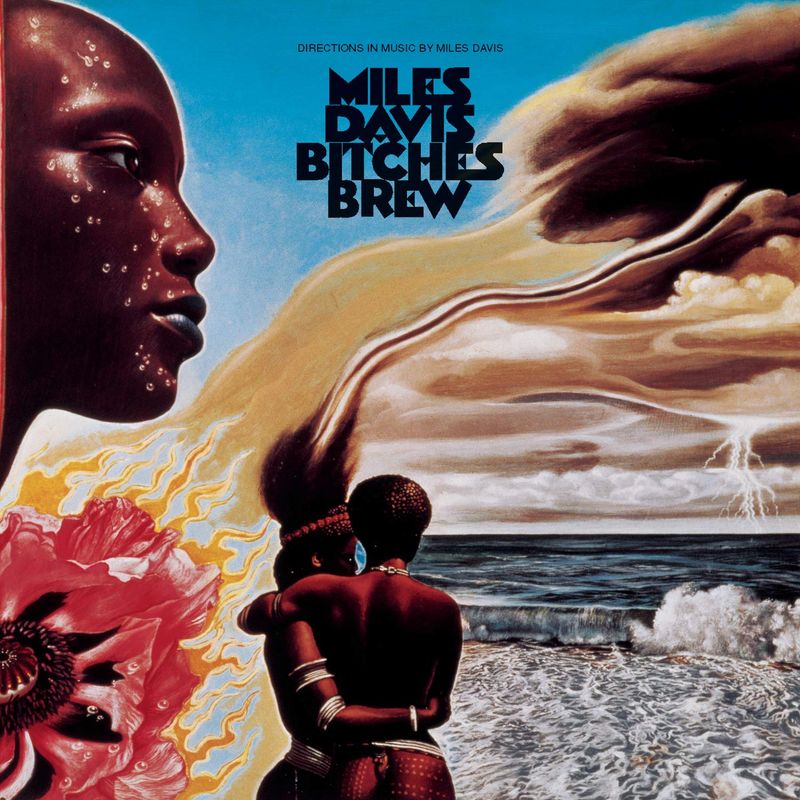
Miles Davis’s Bitches Brew shattered jazz conventions, pioneering the fusion genre with its bold improvisation and electric instrumentation. Released in 1970, Davis, at the age of 44, brought together a collective of artists to create a swirling, chaotic masterpiece.
The album’s experimental nature defied traditional jazz structures, embracing rock and funk elements. Each track is a complex tapestry of sound, reflecting Davis’s innovative spirit.
Bitches Brew stands as a testament to Davis’s vision, influencing not just jazz, but a wide array of musical genres. It’s an audacious album that continues to inspire and challenge musicians.
11. Fleetwood Mac – Rumours (1977)

Rumours by Fleetwood Mac is an iconic album that marries personal turmoil with polished pop-rock brilliance. Released in 1977, this album was born out of the band’s internal strife, yet it produced some of the most harmonious music of the decade.
Each song, from “Go Your Own Way” to “Dreams,” weaves stories of love, heartache, and resilience. The rich harmonies and intricate arrangements reflect a band at its creative peak.
Rumours resonates with listeners, offering a mirror to their own experiences, and its enduring appeal is a testament to its universal themes and masterful execution.
12. Black Sabbath – Paranoid (1970)
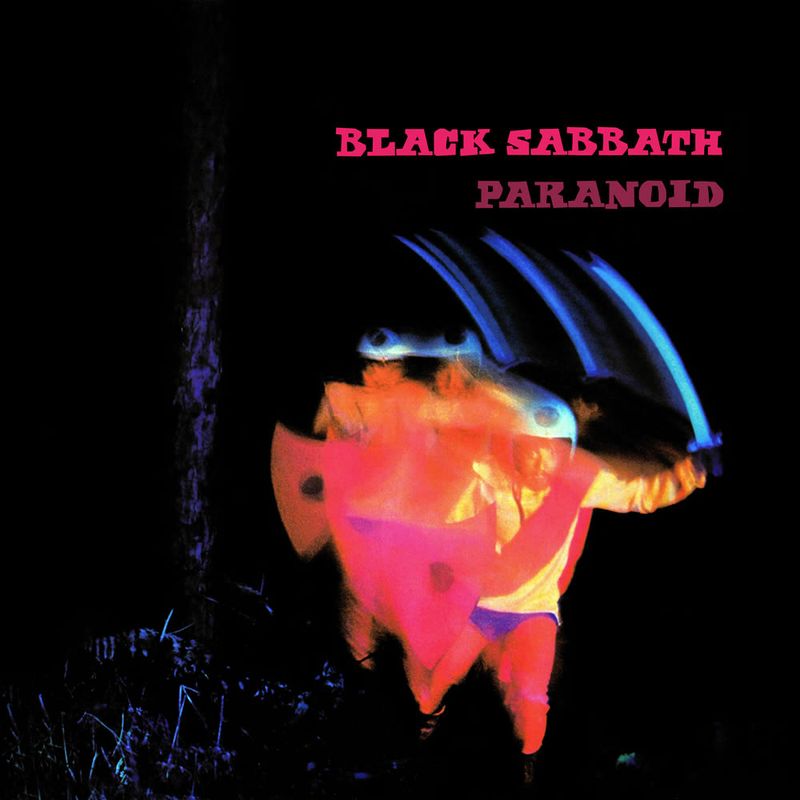
Black Sabbath’s Paranoid is a cornerstone of heavy metal, infusing blues rock with dark, ominous themes. Released in 1970, the album features iconic tracks like “War Pigs” and “Iron Man,” each a testament to the band’s groundbreaking sound.
Ozzy Osbourne’s haunting vocals, combined with Tony Iommi’s heavy guitar riffs, defined a genre. The album’s raw intensity and socially conscious lyrics challenged listeners, pushing the boundaries of rock music.
Paranoid not only set the standard for metal but also influenced countless artists across genres. Its legacy endures, a timeless embodiment of rebellion and innovation.
13. Patti Smith – Horses (1975)

Patti Smith’s Horses is a revolutionary blend of poetry and punk, capturing the raw spirit of New York’s underground scene.
Released in 1975, the album is a manifesto of artistic freedom and defiance, with Smith, then 29, at the helm. Her fusion of spoken word and rock defied conventions, paving the way for future punk artists. The opening track, “Gloria,” sets the tone with its rebellious edge and lyrical depth.
Horses is more than music; it’s a statement of individuality and artistic courage. Its influence is profound, resonating with artists who seek to break boundaries and challenge norms.
14. Neu! – Neu! 75 (1975)
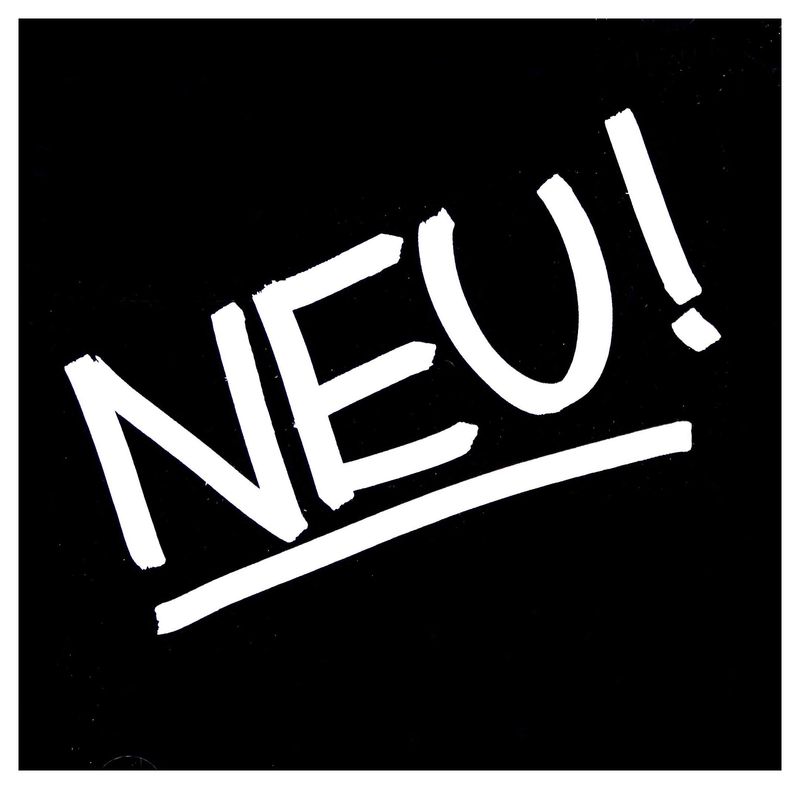
Neu! 75 by the German band Neu! is a landmark in the krautrock genre, blending hypnotic rhythms with minimalist melodies.
Released in 1975, the album is split between ambient and aggressive tracks, showcasing the duo’s versatility.
The use of motorik beat creates a trance-like state, drawing listeners into a unique auditory landscape. Neu!’s experimental approach and innovative use of technology influenced a wide range of genres, from punk to electronic music. Neu! 75 is a testament to the power of simplicity and creativity, leaving a lasting impact on the music world.
15. Fela Kuti – Zombie (1976)
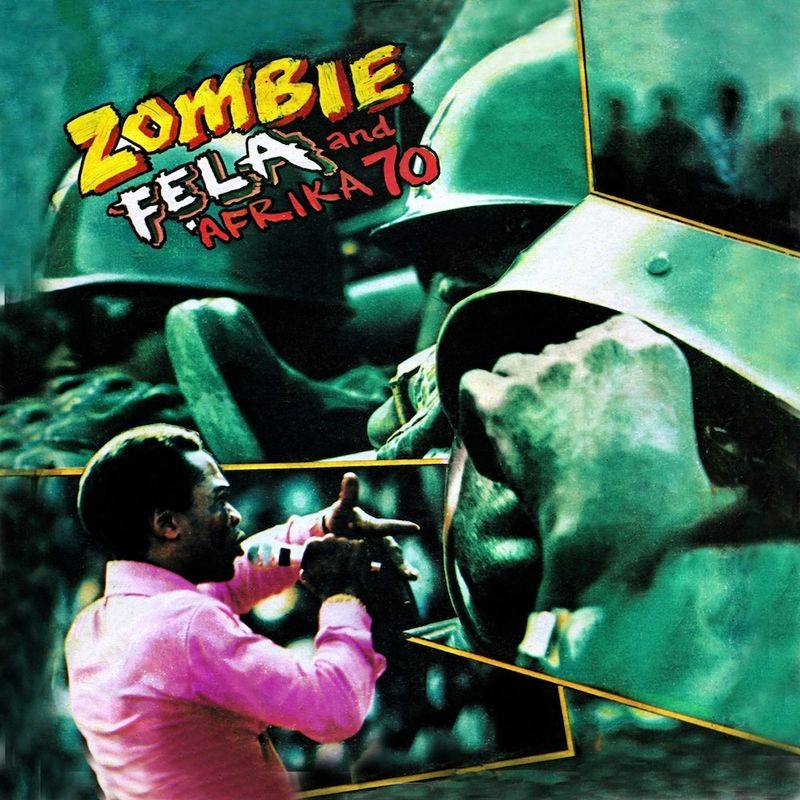
Fela Kuti’s Zombie is a powerful Afrobeat manifesto, combining infectious rhythms with scathing political commentary. Released in 1976, the album addresses the Nigerian military regime with fearless critique and energetic music.
Kuti, a charismatic force on stage, uses his saxophone and vocals to lead the band in a dynamic performance. The title track’s catchy rhythm and biting lyrics captivated listeners worldwide, challenging authority through music.
Zombie not only entertains but also provokes thought, embodying Kuti’s revolutionary spirit. It’s an album that transcends cultural boundaries, leaving an indelible mark on global music history.
